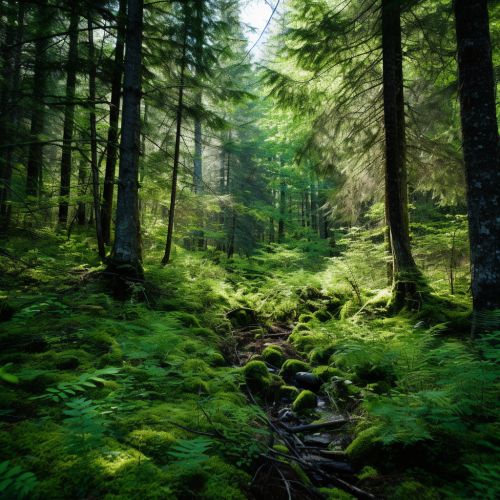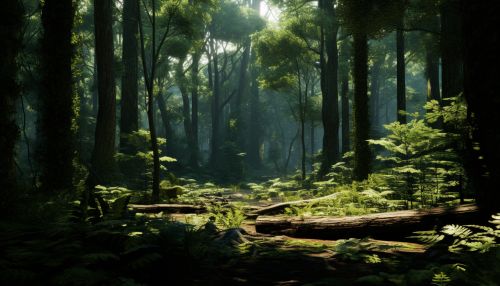Ecological Succession
Introduction
Ecological succession is the process by which the structure of a biological community evolves over time. This process involves a series of changes in species composition, community structure, and ecosystem processes. The concept of ecological succession was first proposed by the botanist Henry C. Cowles in the early 20th century, and it has since become a central concept in ecology.
Types of Succession
There are two main types of ecological succession: primary and secondary.
Primary Succession
Primary succession occurs in an environment that has not previously been inhabited by life. It begins in a place without any soil, such as a bare rock surface, a lava flow, or a region left bare after a glacier retreats. The first organisms to colonize such an area are known as pioneer species. These species are typically hardy, able to withstand harsh conditions and poor nutrient availability. Over time, these pioneer species help to break down the rock and create soil, allowing more complex plant and animal communities to establish.
Secondary Succession
Secondary succession, on the other hand, occurs in areas where a community has been disturbed but not completely destroyed. This can be the result of a natural disaster, such as a fire or flood, or human activity, such as logging or farming. In these cases, the soil is already present, and the succession process is often faster than primary succession. The species that colonize these areas are typically different from the pioneer species of primary succession, and they often include fast-growing, opportunistic species.
Stages of Succession
The process of ecological succession can be divided into several stages, each characterized by a distinct community of species.
Pioneer Stage
The pioneer stage is the first stage of succession, characterized by the colonization of a previously uninhabited area by pioneer species. These species are typically hardy, able to withstand harsh conditions and poor nutrient availability. They help to break down the rock and create soil, setting the stage for the next stage of succession.
Intermediate Stage
The intermediate stage of succession is characterized by the replacement of pioneer species by a more diverse community of plants and animals. This stage is often marked by increased competition for resources, leading to changes in species composition and community structure.
Climax Stage
The climax stage is the final stage of succession, characterized by a stable community of species. This stage is reached when the community becomes dominated by a small number of long-lived species, and changes in species composition become slow and gradual.


Factors Influencing Succession
Several factors can influence the rate and direction of ecological succession. These include the nature of the initial disturbance, the characteristics of the species involved, and the physical conditions of the environment.
Disturbance
The nature of the initial disturbance can have a significant impact on the succession process. For example, a severe disturbance, such as a volcanic eruption, can remove all life from an area, leading to primary succession. On the other hand, a less severe disturbance, such as a forest fire, may leave some life intact, leading to secondary succession.
Species Interactions
The characteristics of the species involved in succession can also influence the process. For example, some species are better competitors than others, and these species may come to dominate the community. Other species may be better at colonizing new areas, and these species may be the first to establish in a disturbed area.
Environmental Conditions
The physical conditions of the environment, such as climate, soil type, and availability of water, can also influence the succession process. For example, in a dry environment, the succession process may be dominated by drought-tolerant species. In a wet environment, on the other hand, the succession process may be dominated by water-loving species.
Implications of Succession
Understanding the process of ecological succession has important implications for conservation and land management. For example, it can help us predict how ecosystems will respond to disturbances, such as fires or logging. It can also help us design effective strategies for restoring degraded ecosystems.
